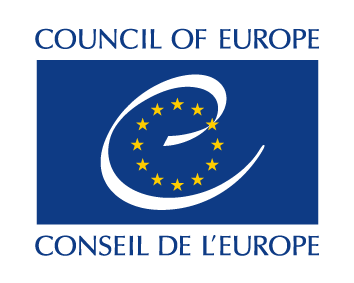| Learn more about this specific CBC activity: | |
| Learn more about other CBC activities in the same field: |
| What was the identified solution? |
In order to solve the previously mentioned legal obstacle, on an initiative by the Ministry of Public Administration and Justice, the Act on the State Borders of Hungary was modified by the Ministry of Interior in 2011. This amendment ensures that roads used for public traffic, the border police, water management facilities, energy facilities and telecommunication lines are exempt from general prohibition. As a result of this modification the internal legal obstacles for cross-border infrastructural developments have been removed. However it is only applicable in the cases where there are no existing international agreements. With regards to Hungary’s relations to its neighbouring countries (apart from Austria) an international agreement is needed for cross-border infrastructural developments. As a second step the Hungarian Ministry of National Development has prepared a draft outline agreement with regards to all neighbouring countries. The Appendixes of this outline draft agreement include all on-going and proposed cross-border infrastructural developments. |
| How was the solution identified? | A solution was identified by the Ministry of Public Administration and Justice through extensive consultation with other ministries. |
| Who was/were the main actor/s responsible for its identification? |
The Ministry of Public Administration and Justice identified the problem and initiated discussions with other Hungarian line-ministries. The Ministry of National Development prepared the outline agreement in cooperation with the other involved line-ministries. The Prime Minister’s Office had a policy-making and strategic role in developing the cooperation agreement. (The prime minister signed the agreement.) The Ministry for Foreign Affairs also played an important diplomatic role in facilitating the cooperation agreement. |
| How was the solution implemented? By whom? | The milestones of the implementation of the agreement can be summarized as follows:
|
| How long did it take for the solution to be implemented? | It took approximately 1 – 1,5 years for the solution to be implemented (December 2010 – February 2012). |
| Did it have a positive impact on the overall level of CBC in the area? | Yes, it has facilitated the implementation of infrastructural CBC agreements, and as we mentioned in terms of the selected projects. It has also resulted in the improvement of cross-border infrastructural cooperation and will contribute to the strengthening of economic and socio-cultural cooperation for the long-term. |
| Institution | Dr. Viktória Zöld-Nagy Ministry of Public Administration and Justice Deputy Secretary of State for Development of Territorial Public Administration
Dr. Nóra Bella Ivády Head of department Ministry of Public Administration and Justice Department of Cross-border Co-operations for Territorial Public Administration |
| Contact details | |
| Year of record | 2012 |









